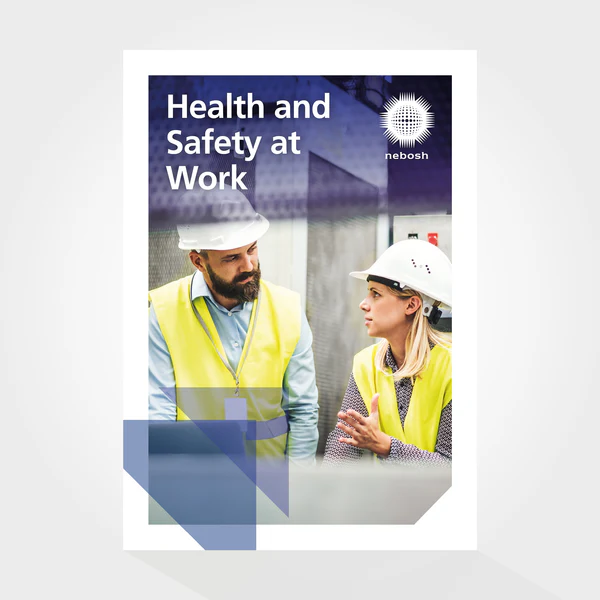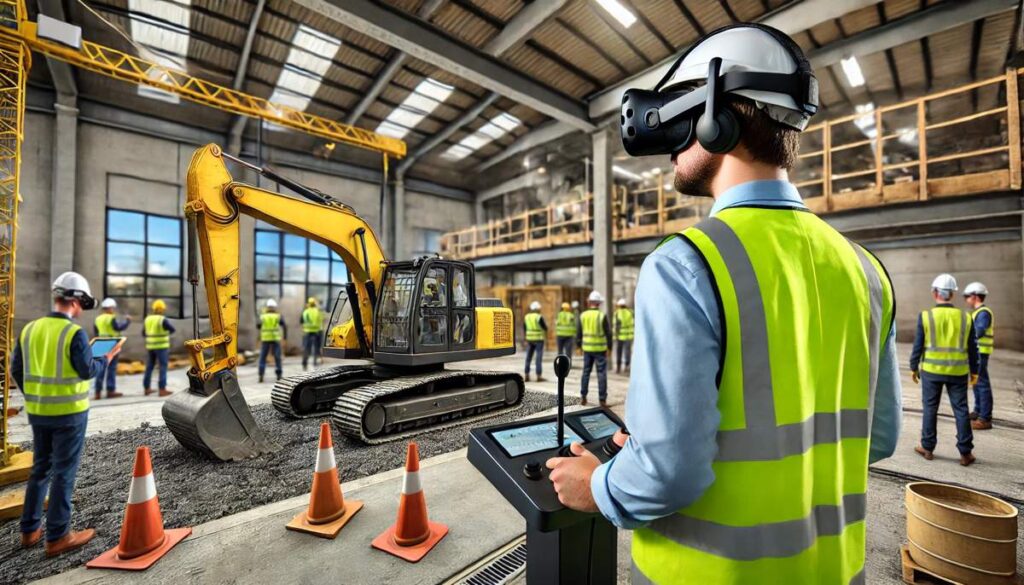
Loading 3D Model: 0%
OSHA, NEBOSH & Egyptian Safety Standards
How do you think safety culture in Egyptian Safety Standards in industrial & construction worksites is shaped?How does it compare to the rigorous approach with OSHA and international standards by NEBOSH?
A closer look at the safety culture in Egyptian industrial and construction workplaces compared to international standards like OSHA and NEBOSH.
Egypt’s safety regulations are outlined in the Labor Law No. 12, which emphasizes employers’ responsibilities in ensuring safe working conditions and includes provisions for hazard prevention and risk mitigation.
However, enforcement and training can sometimes be inconsistent.
In contrast, OSHA in the US enforces strict safety measures and penalties for non-compliance, creating a strong safety culture where regulations are a top priority.
NEBOSH also contributes significantly with its globally recognized health and safety qualifications and rigorous training programs.
Egypt faces challenges like limited resources, varying employer commitment, and insufficient worker training, which can hinder the effective application of these regulations.
While strides have been made to align with global practices, there’s still a noticeable gap in practical enforcement and cultural integration.
Training and education on OHS in Egypt are crucial but often fall short compared to NEBOSH and OSHA’s comprehensive programs.
This leads to a safety culture that, although improving, still has room for growth to meet international standards.
In summary, Egypt’s safety culture is evolving, supported by strong legislation, but fully embracing and implementing international standards could significantly enhance workplace safety and overall workforce well-being.
Safety Culture in Egyptian worksites
Egyptian Safety Standards Enforcer
Workplace safety is paramount, especially in our industrial and construction sectors.
the Egyptian Ministry of Manpower, focus on regular inspections and mandatory safety training to boost compliance.
These are aligned with comprehensive safety guidelines under Law No.12 of 2003 and various ministerial decrees.
For instance, inspections are multi-faceted and include representatives from several ministries
This ensures cover all bases, from safety protocols to handling hazardous materials.
Mandatory safety training is another cornerstone of strategy, educating both workers and employers about the latest safety practices and risk management techniques.
These sessions are crucial for fostering strong safety culture.
However, challenges remain, like the high rate of construction accidents and resistance from businesses due to cost concerns.
There’s also the issue of inconsistent safety standard implementation across different sectors and regions.

NEBOSH Certified Safety Consultant
We could really benefit from integrating NEBOSH best practices into the Egyptian safety standards.
NEBOSH’s approach, particularly their risk assessment methodologies, is highly effective.
This process involves identifying potential hazards, evaluating the risks, and implementing measures to mitigate them.
Such a structured approach could significantly enhance the consistency of safety implementations across various sectors and regions in Egypt.
Moreover, safety education programs, which NEBOSH emphasizes, could address the inconsistency in safety implementation.
Regular training ensures that safety professionals stay updated with the latest protocols and regulations.
This ongoing education fosters a culture of continuous improvement and help standardize safety practices across country.
By adopting NEBOSH’s methodologies, Egypt could achieve a more unified and effective safety culture, benefiting all regions.

Incorporate digital learning platforms and virtual classroom experiences into ongoing safety education programs to further enhance and standardize safety practices in Egypt
Incorporating digital learning platforms and virtual classroom experiences into Egypt’s safety education programs can greatly enhance and standardize safety practices.
Utilizing technologies like Virtual Reality (VR) and Augmented Reality (AR) offers an immersive, risk-free environment for practicing hazardous procedures and learning safety protocols.
VR training can lead to a 43% reduction in lost time due to injuries.
AR adds interactive elements to real-world environments, helping trainees practice complex scenarios safely.
Egypt’s efforts to improve digital infrastructure, like the National Broadband Plan, support the use of e-learning platforms such as Moodle, and Google Classroom
Startups like PraxiLabs are also making VR technology more accessible for hands-on learning.
To make safety training effective, VR programs should include elements like recognizability, context, and feedback.
This modern approach not only aligns with global safety standards but also fosters a stronger culture of safety, improving worker preparedness and reducing occupational hazards.

Egyptian Occupational Safety and Health Expert
Building on that, integrating VR and AR technologies into safety training programs can be a real game-changer.
Unlike traditional methods like written manuals and static presentations, which often struggle to fully engage trainees, VR and AR offer immersive, interactive experiences that significantly boost engagement and retention.
For example, VR allows employees to practice hazardous situations in a controlled virtual setting, helping them grasp the consequences of not following safety protocols and refine their responses without any actual risk.
The realistic experience gained from VR is crucial for effective learning and preparedness.
AR, on the other hand, enhances training by overlaying virtual elements onto real-world surroundings.
This dynamic approach is particularly useful for visualizing complex procedures and offering real-time guidance, making it easier to understand and remember safety protocols.
Moreover, using VR and AR in safety training brings considerable business benefits.
It cuts down on costs related to physical training setups and reduces the risk of accidents during training.
Plus, it addresses skill shortages and high turnover rates by providing efficient training solutions.
By aligning with safety standards like OSHA and Nebosh UK, companies can use these technologies to foster a stronger culture of safety and reduce workplace accidents.
